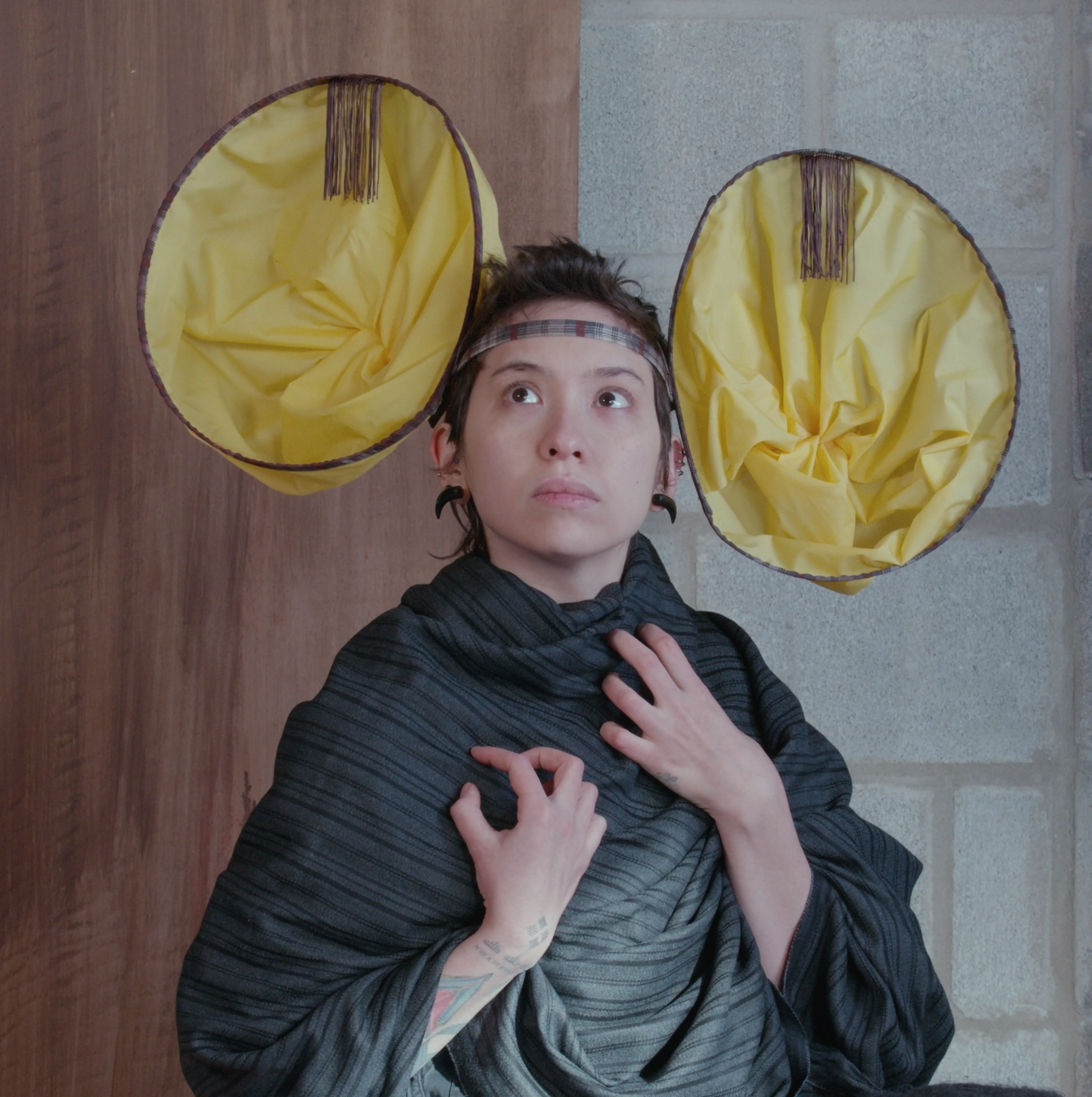Threadlike path to the world
Even staring out the window is changed
Dear friends and supporters,
I remember sitting down to begin the first of these newsletters, on Friday March 13th, 2020, so distinctly it might have been last week instead of one year ago. In many ways we continue to wait for that year to happen. A substitute year happened instead, like a stand-in performing the role of an actor sidelined by sudden illness. As all stand-ins do, this one brought us an unforeseen wealth of possibility. It revealed how entrained our imaginations had become by expectation, by the momentum of doing things according to the well-worn paths of convention. The stand-in year acutely revealed the unsustainable nature of what we called normal. We have not yet exhausted the potentialities it has presented to us.
The “we” in the previous paragraph refers to the small performance company Every house has a door, from which I speak, as dramaturg, in these newsletters. “Potentialities” refers mainly to the two performance films we finished while waiting to perform. If you missed the premier, you can view it archived by Chicago’s Experimental Sound Studio, our sublime hosts and an indispensable and vital organization. I will say film has not yet finished its work with us. Lin Hixson has approached directing for and from a camera with all the fundamental clarity and crystalline inventiveness that she has brought to live performance for the past four decades. The intimacy of the camera gives everybody in the audience a front row seat, and this affords Essi Kausalainen’s costumes even more intricate detail. So we discovered in Characters with Long Ears, and now we plan to continue on through Saint-Saëns’s classifications with our own Carnival of the Animals reimagined in our garage studio.

But about the “we,” one could extrapolate it to larger circles. I feel surrounded by public discourses so eager to “return to normal” that they would relegate the quietude and introspection of the stand-in year to oblivion, and sacrifice any lessons offered us to some idea of progress. They want to put all of this stand-in year behind us as quickly as possible. It has been a terrible year, full of loss, violence, inequity, and economic hardship, but the seeds of all of that pain first sprouted in what we once called normal, and it’s the same normal that beckons now.
My mind has returned many times over the past year to a passage written by Alexandra Devid-Néel in 1932. She lived for four years, from 1912 to 1916, alone in an anchorite cave in Lachen, in the North Sikkim district of northern India. There she studied Tibetan Buddhism and yoga in an apprenticeship that defined her life thereafter. Here is the passage.
Sadly, almost with terror, I often looked at the threadlike path which I saw, lower down, winding in the valleys and disappearing between the mountains. The day would come when it would lead me back to the sorrowful world that existed beyond the distant hill ranges, and so thinking, an indescribable suffering lay hold of me.
I consider the CTA Blue Line my personal “threadlike path.” I see the familiar platform of the Damen stop, on which I have not set foot for more than one year. I hear the train running in the quiet night, and remember how it would ferry me into the center of the city most days, and I feel the complicated sadness of loss mixed with apprehension. I think of the train’s driver, who cannot work remotely. Opportunities present themselves to us now, to reconfigure the social structures in the smallest ways and the largest, with long overdue considerations of equity, health (mental and physical), the justice of fairness, and ecological sustainability. These opportunities have never presented themselves with such certainty, and as such imperatives, as they do now in the (possibly) late days of this pandemic. I do not want to overstate this, or overreach into grandiosity. Let us look to our own practice. We recoil from the possibility of the live assembly aspect of our work endangering anyone. Let us go slow. Let us start with care and questions. What is a theater? What do we mean when we say audience? Where will they sit, and for how long? What defines liveness? What can the container that we call performance hold without breaking or melting into air? Please tell me I am not alone in holding on to these questions. They may guide us, if we let them, into the new unknown of this tentative return. What will be the lasting legacy of our forced apprenticeship with solitude?
Matthew Goulish, dramaturg and writer
Every house has a door